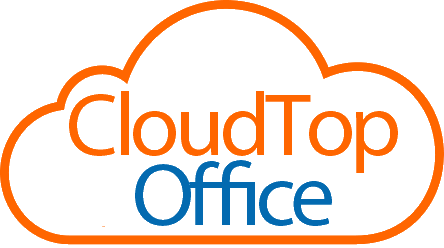Ensuring robust cloud security is essential for protecting sensitive data and maintaining business continuity. Here is a comprehensive checklist to guide your cloud security strategy in 2025:
1. Strengthen Identity and Access Management (IAM)
Multi-Factor Authentication (MFA): Implement MFA to add an extra layer of protection against unauthorized access.
Role-Based Access Control (RBAC): Assign permissions based on user roles to ensure individuals access only the resources necessary for their responsibilities.
Regular Access Reviews: Conduct periodic audits to verify that user permissions align with current roles and responsibilities.
2. Encrypt Data at All Stages
Data at Rest: Utilize strong encryption algorithms, such as AES-256, to protect stored data.
Data in Transit: Employ SSL/TLS protocols to secure data during transmission between cloud services and users.
Encryption Key Management: Implement robust key management practices, including regular key rotation and secure storage solutions.
3. Implement Network Security Measures
Virtual Private Cloud (VPC): Establish a VPC to isolate and segment cloud resources, enhancing security.
Network Segmentation: Divide the network into segments to limit the spread of potential threats.
Intrusion Detection and Prevention Systems (IDPS): Deploy IDPS to monitor network traffic for suspicious activities and respond to potential threats.
4. Ensure Strong Configuration Management
Automated Configuration Tools: Use tools to monitor and enforce security configurations across your cloud environment.
Enable Logging and Monitoring: Activate logging to track changes and identify potential security risks.
Regular Audits: Perform frequent reviews of cloud configurations to ensure compliance with security policies.
5. Monitor and Respond to Threats in Real-Time
Security Information and Event Management (SIEM): Implement SIEM solutions to aggregate and analyze security data for real-time threat detection.
Incident Response Plan (IRP): Develop and maintain an IRP tailored to your cloud environment to address security incidents promptly.
Automated Alerts: Set up alerts for unusual activities, such as unauthorized access attempts or unexpected data transfers.
6. Conduct Regular Vulnerability Scanning and Penetration Testing
Automated Vulnerability Scanning: Regularly scan for known vulnerabilities using reputable tools.
Penetration Testing: Engage in periodic penetration testing to identify and address security weaknesses proactively.
7. Educate and Train Employees on Cloud Security
Security Awareness Training: Conduct regular training sessions to educate employees about common cyber threats and best practices.
Specialized Training for IT Staff: Provide in-depth training for IT personnel to handle cloud-specific security challenges effectively.
8. Ensure Compliance with Security Regulations
Regulatory Frameworks: Stay informed and compliant with relevant regulations such as GDPR, HIPAA, or SOC 2.
Data Localization Requirements: Ensure that data storage and processing comply with local data residency laws.
By adhering to this checklist, organizations can enhance their cloud security posture, safeguard sensitive information, and ensure compliance with evolving regulatory standards in 2025.

